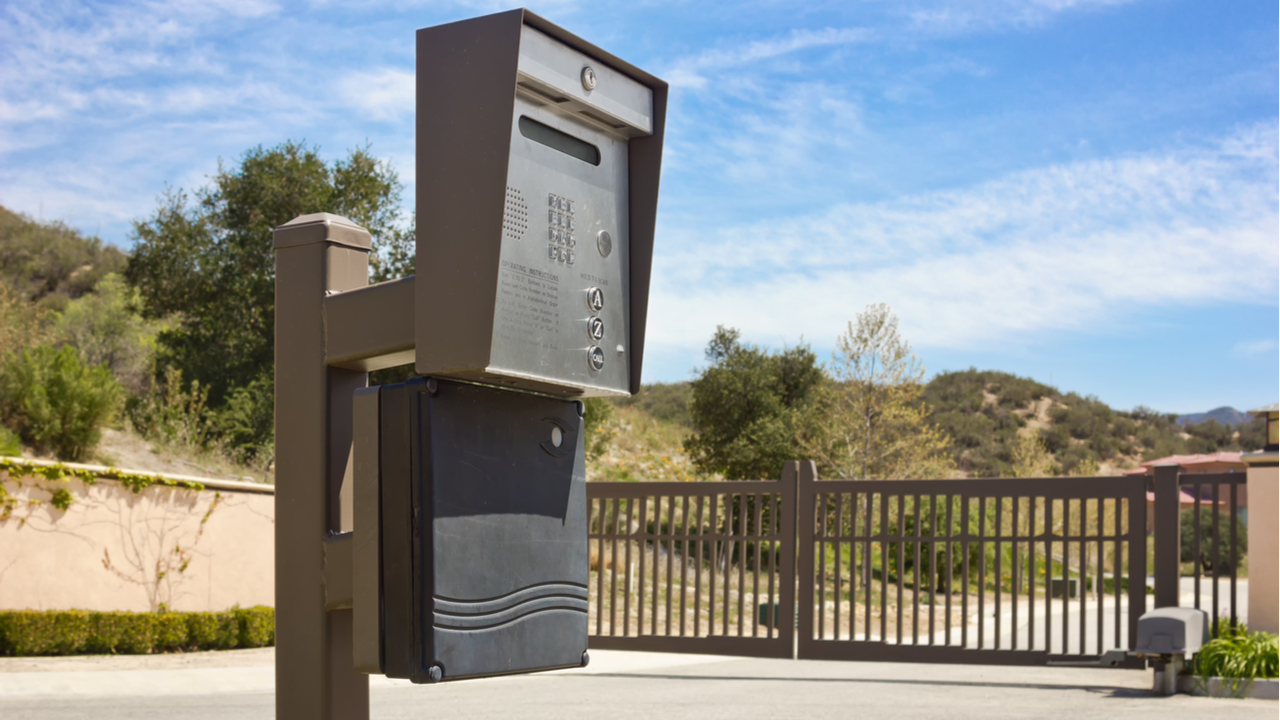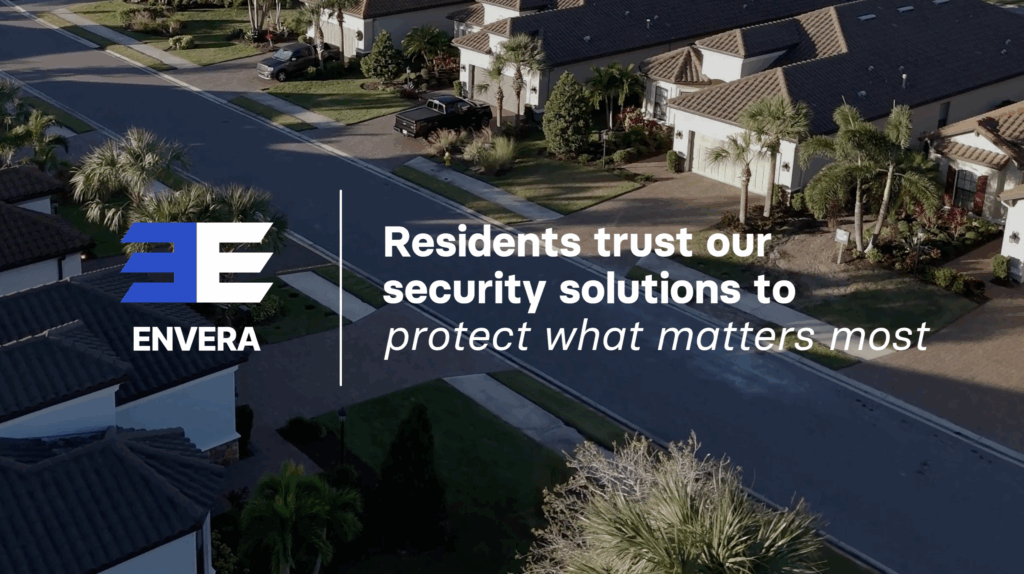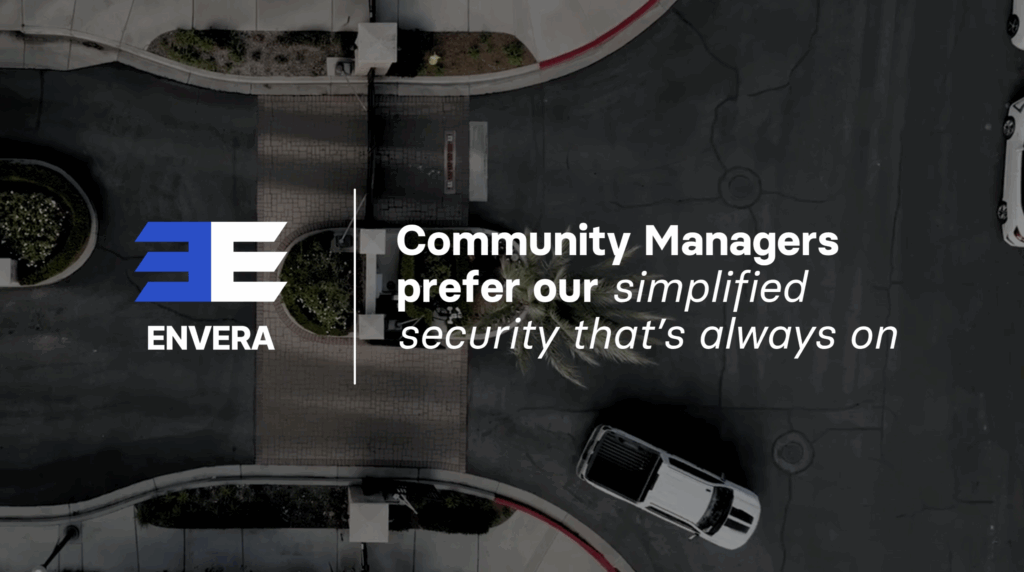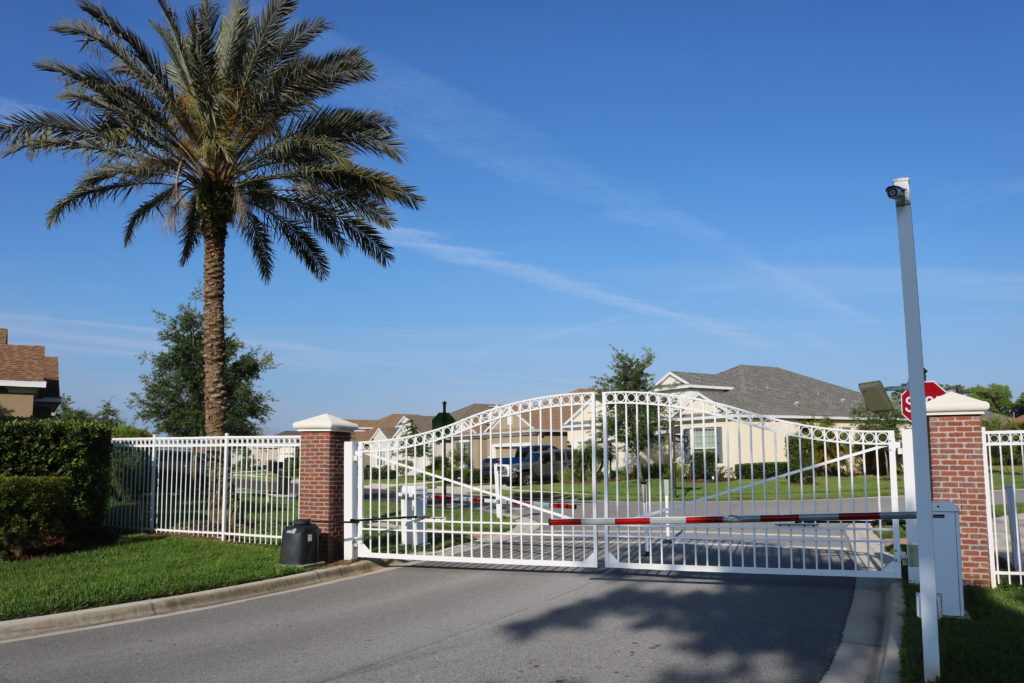The Lifespan of Technology

Do you remember your first cassette tape? What about an 8-track or a CD? Fast forward through every version of the aforementioned and their accompanying devices (i.e., Walkmans, portable CD players, etc.), and you will quickly get to the MP3 players and iPods. Now today, everything you want to listen to is online and can be accessed from your phone, computer, television, you name it. In just 65 words and four sentences, we covered a brief, very brief, history lesson for music devices.
Technology evolves and fast. It does not matter what type of device or piece of technology you are looking at. In every field, the latest and greatest is in the works, older devices need heightened security measures, and advancements in other fields can improve something else. It is happening right now with your phone, television, tablet, and, of course, your community’s security system.
Let’s start with camera systems since they are some of the most common security measures that communities have installed. Based on the title of this article and the question at hand, you are probably expecting me to say something to the effect of “replace your cameras every five to seven years.” If only it were that simple, but bear with me.
Just like music devices have their evolution, so do cameras. That said, we will equate analog cameras that you may be using to a Walkman or portable CD player. Time for an update. If you have IP (Internet Protocol) cameras, you have reached the stage of iPods and even some iPhones. Better yet, if your community is using Megapixel cameras, you likely have a functioning and useful system in place.
The difference between the community using analog cameras and the one using Megapixel cameras is not that one sticks to a strict timeframe and upgrades the equipment accordingly. Rather, the association probably pays attention to the cameras to make sure they are working and capturing what they are supposed to. If they notice something is off, they bring in an expert, or it is likely that they may already have a service provider there to inform them and provide recommendations.
Security service vendors that specialize in cameras may have numerous capabilities that can benefit a community and their entire system. For cameras, this includes checking their connectivity to the recording device, noticing if something is blocking a camera view (tree branches, holiday lights, etc.), regular health monitoring, and even remote troubleshooting. Part of their responsibility is to make sure the cameras are working, capturing what they are intended to capture, and keeping the community’s technology up-to-date when it is in the best interest of the association.
Additional technological advancements have taken passive video surveillance, a reactive system, to active video surveillance, a preventative system that provides real-time monitoring of certain areas. Yet, technology quickly changes, and active video surveillance systems have already evolved even though the idea of a proactive system may still seem relatively new.
Active surveillance systems have shifted from video motion detection, to video analytics, and now artificial intelligence. With each phase, the abilities of a system have increased greatly and enhanced how a provider serves the communities using their solutions. When systems improve in this way, a service provider that stays current with technology can advise communities that have a system that is not currently functioning at its highest potential.
Take a look at your access control system, as well. Instead of storing the information in a single place, community databases are now browser-based and can be updated remotely and managed by a vendor. This gives associations a unified system and peace of mind knowing that the information is not lost if one computer malfunctions.
The options for entry systems are also continuously increasing and progressing. Tele-entry systems no longer offer the security that they once did for gated communities. Instead, virtual guarding and hybrid solutions (on-site guards and virtual guards) are becoming increasingly popular for heightened security, verifying of visitors, and because of the various alternate methods that are offered.
So, instead of giving you a timeframe for each type of security technology, ask your property manager, fellow board members, neighbors, or yourself—is your security system delivering the results you expect and want? Who is monitoring your community’s cameras? Is your surveillance showing you pool damage the next day? If the office computer crashed, would you lose your database? Does everyone know the key pad entry code to get into the community?
A timeline is not the goal. It could be five years or 10 years, and that is dependent on many variables including climate, acts of God, and technology enhancements. Not to mention, sometimes technology and equipment fail. However, when a community partners with a security services company, that association should have support from a team of experts. Being in that position for a community includes staying on top of the latest trends, making sure equipment is doing what it is supposed to, and advising and assessing the services provided to customers. When the time comes, and it will, make sure your community has a reliable source to determine the options that will give you the results your association needs.
You can read the complete issue and original article here: FLCAJ – August
You can also download the article here.






